
How to Clean Your Root Cellar
In March and April, it’s time to clean out the root cellar and finish up the last of your cold storage veggies. Many root cellar crops have long passed their ‘keeping’ limits by this time of the year. Beets, squash, pumpkins, carrots, cabbages, and apples have been used by now or they probably went bad. Potatoes, onions, and garlic may still be useable but eat them soon or plant them in the garden.
This post contains affiliate links or advertisements. You won’t pay extra but I may earn a small commission if you purchase products through those links. Thank you for supporting The Self Sufficient HomeAcre!
Use potatoes, onions, and garlic to make a pan of scalloped potatoes so you can get busy cleaning out the root cellar! Here’s how:
- Remove all food, boxes, and crates
- Sweep up any debris from floor and shelves
- Use a spray bottle with a 10% bleach solution to spray down shelves and surfaces (Make sure area is ventilated)
- Take all reusable crates, cans, or baskets outside and shake out any debris
- Spray or wash out wish a 10% bleach solution, rinse, and air dry
- Allow root cellar to air out for several days, run a fan for several hours a day if area smells musty
Once you’ve cleaned the root cellar and aired it out, it’s ready to use again. Did you know that it can be used in the summer? Keep freshly harvested fruits and vegetables cool when you can’t process them right away. A better option may be a refrigerator for many foods, but a clean cellar can extend the shelf life from a few hours to a few days.
As an Amazon Associate, I earn from qualifying purchases.

Root Cellar Fruits and Vegetables
When choosing and planting your crops, check the catalogs for varieties that have long storage virtues if you intend to keep them in a root cellar or other cold storage. Here are some great crops to grow for winter storage:
- Potatoes
- Sweet Potatoes
- Winter Squash
- Carrots
- Turnips
- Beets
- Rutabaga
- Parsnips
- Onions
- Garlic
- Pumpkins
- Winter Squash
- Storage Apples and Pears
For more information about vegetable and fruit storage, check out my posts How to Harvest and Store Pumpkins and Winter Squash and The Best Way to Harvest and Store Root Crops.

Root Cellars Offer Self Sufficient Storage
Before canning food was an option, storage crops were necessary for the lean months in northern climes. When the new garden was only in the planning stages, these crops were important for families struggling to survive on their homesteads. Onions and garlic that started to send up sprouts would provide some greens at a time of year when there were few if any, green vegetables to eat.
For families interested in becoming more self sufficient, root cellars offer a great way of storing some of your crops through the winter without the use of electricity or other forms of energy. You don’t have to cook, can, blanch, freeze, or dehydrate your vegetables before storing them in a root cellar.
You do need to build the root cellar, provide ventilation, and learn the proper temps and humidity for each crop that you intend to store. If you are interested in learning more about this eco-friendly, low impact form of food storage, I highly recommend the book ‘Root Cellaring: Natural Cold Storage of Fruits and Vegetables’ by Mike and Nancy Bubel. I have spent many cold winter days curled up with a cup of tea and this book. I like to keep a notebook and maybe a seed catalog or two in my lap as I read and plan my upcoming garden.
As an Amazon Associate, I earn from qualifying purchases.
This book gives lists of the best varieties of each crop to grow for their keeping qualities, the ideal conditions for each crop, preparing each crop for storage, how to design and build a root cellar, other methods for cold storage, and even some wonderful recipes using those stored crops. If you wish to be more self-sufficient and less dependent on electricity for your food storage, this book provides a wealth of information to help you get started.
Our ‘Root Cellar’ Space
Our root storage space is less than ideal. We don’t have a true root cellar, so instead, we store our potatoes, squash, onions, and garlic in the coldest part of our basement. It is cold enough for the garlic and onions, but by now the potatoes have all grown long, pale stems that are searching for light. I’ll save these wrinkled little spuds for planting in the garden later this month if the weather cooperates.
Freezing and canning are the main methods that I use to store food for use over the winter. It allows me to store the vegetables that will not last long enough in cold storage to make it through the winter. I hope that one day we will be able to build our own root cellar, but in the mean time we must use the methods that work best for our homesteading situation. This fall I hope to try using clamping as a method of winter storage for potatoes, carrots, parsnips and beets.
Have you ever stored vegetables in a root cellar? What methods do you use to preserve your food for the winter?
As an Amazon Associate, I earn from qualifying purchases.


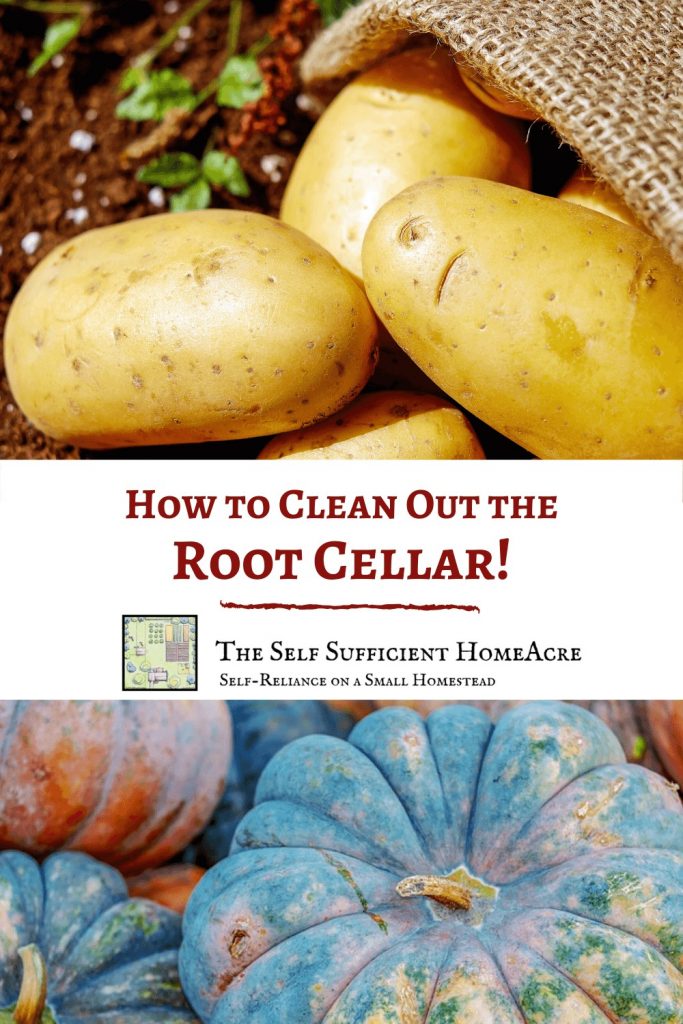


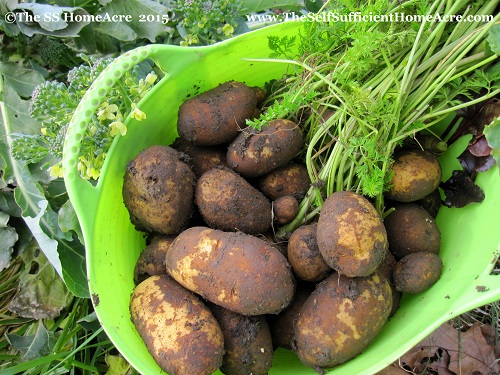
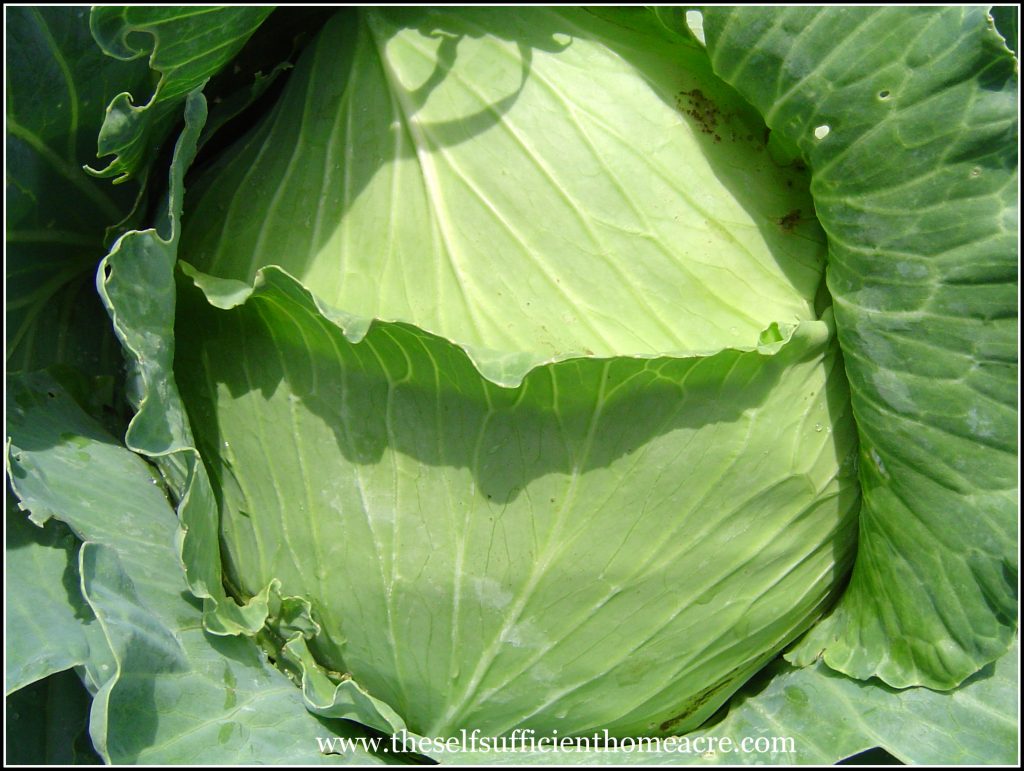


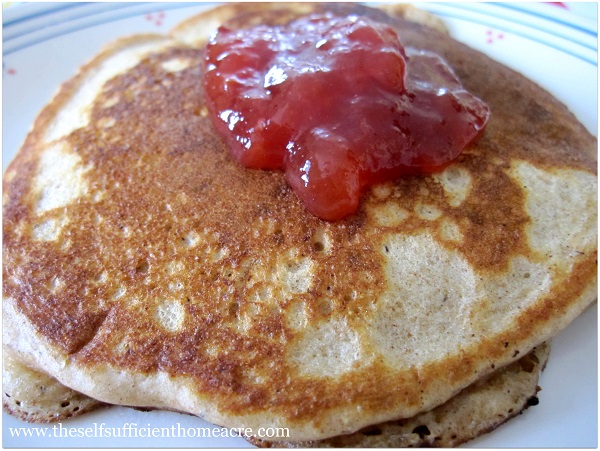
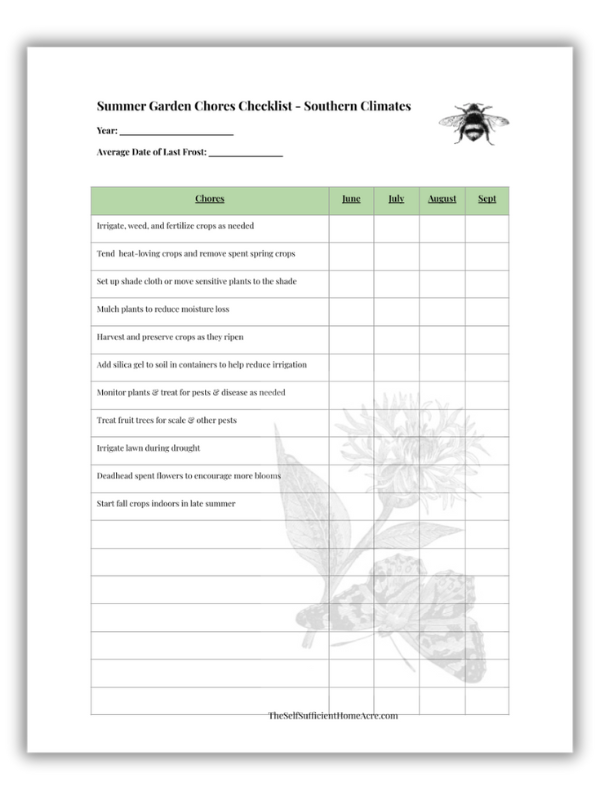

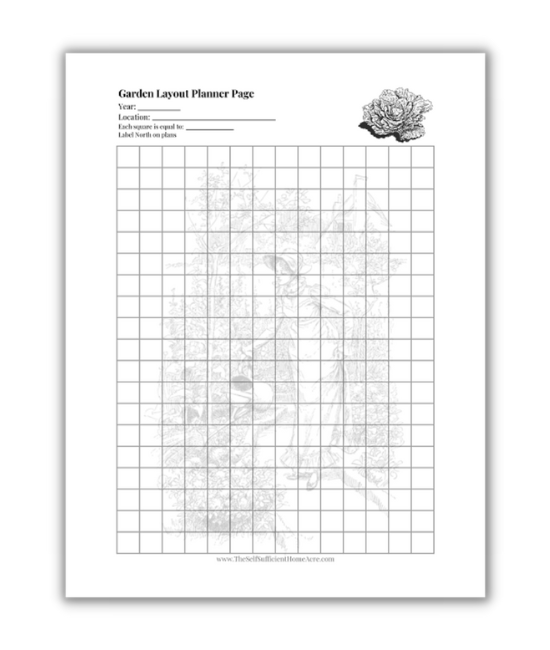

I’m curious the best way to clean the sand used for root storage? Google is giving me nothing.
Hi Dakota,
I don’t reuse the sand if vegetables went bad or got moldy in the container. Put the sand through a sieve to remove any veggie chunks or leaves. Then air dry the sand in shallow containers until completely dry. If possible, put the shallow containers out in full sun (covered with a grate to keep kitties out of it) and allow it to dry in the sun… stir it up several times and bring it inside overnight to prevent dew from getting it wet again. The sunlight helps to kill bacteria and drying the sifted sand out will help to kill bacteria also. The best option, if you can afford it, is to use new sand each year… especially if you had veggies go bad in last year’s sand. I hope this helps!
Thanks for the root cellar cleaning tips. I do have one in a corner of the basement (it can be closed off from the rest of the basement – on purpose…) So far it’s been used for onions, potatoes (don’t store them near each other) and winter squash. Just because it’s convenient, I store my canning supplies there, too.
That’s great! You can store a lot of food there! Thanks for being a part of the party!
Thanks so much for continuing to host during this health crisis, spreading beauty, laughter and information!! Stay Safe, Healthy and Happy!!
Hugs,
Debbie
Hi Debbie! So glad to have this party for a little sanity! Thanks so much for sharing your posts with us each week! Stay well and have a wonderful week!
That is so fascinating about reading the history of a root cellar. Most homes have heated basements now. We have one cold room in our basement that might serve well as a root cellar. thanks for the party.
Hi Amy,
I grew up with parents and grandparents with a root cellar and it was so nice to run down for enough carrots and potatoes for dinner! I hope you can use the room in your basement to store food!
Thanks for sharing with us! Have a great week!
My basement is not quite cool enough for cold storage, and I keep thinking about insulating our bulk head…
A root cellar would be such a great benefit for wintering over some of my veggies.
Hi Michele,
I keep thinking about this project. We had planned to move in a few years so I didn’t think it would be worth the cost to put one in, but now I have a feeling we won’t be able to move so maybe it is time to revisit the idea!
Have a great week and thanks so much for sharing your posts with us!
I’m always dreaming up new ideas for a root cellar. We use our basement as well for now. That book looks great!
Hi Gretchen,
I have been thinking of doing something like a hole in the ground with straw over the top…I think they call it a clamp. But that would make it hard to get to the goodies. It is a great book, I really enjoy reading it!
Hi Jenny 🙂
I have problems with squash vine borers too. I am hoping to use a product from Gardens Alive to spray on the vines this summer….I’m a bit hit or miss with doing things on time. So we’ll see. 😉 It’s a clay based powder that you can sprinkle on or mix with water and spray on. Last year I had limited success with piling soil around the stems as the plants grew.
You cabbages may be bothered by club root…did you notice swollen roots on the plants?
Best wishes with all of your projects this year! I’m looking forward to reading more!
I’ve used Gardens Alive for a few things. We buy their pyola to “help” (ha) with the spider mites. I’ve had reasonable success by wrapping the vine with knee high panty hose to protect it. I don’t know about club root, I’ll have to take a look. I think the biggest problem is that the plants were not hardened off as well as I had thought. This is our first real growing season here, and even though we just moved 40mi north, it is an entirely different ball game. 🙁
It’s amazing how much difference a few miles will make in growing conditions. I notice different micro-climates around our 1 little acre!
I hope you have better luck with your cabbages and squash this year!
WordPress lost my comment so I am trying again. 🙁 I have this book on my wishlist. We would love to have a root cellar and have talked about it often. Next would be the harvest to store. Our zone and weather here is very difficult. Beets seem to do fine, but cabbage is a maybe/maybe not sort of thing. I have garlic to harvest for the summer and we just planted potatoes. I envy your squash and pumpkins. We really have the squash borer and bug bad here so it is a challenge to keep them at bay without chemicals. I just started canning this year. We’ve put up meals in a jar and I look forward to canning vegetables this summer.
We still have about 15# of potatoes that are still very firm but are sprouting. And 2 butternut squash. This was our 1st winter at our new farm and the root cellar is great! We were in the process of moving mid-summer into fall so I didn’t do much canning and I have some things in the freezer (not my preferred method of storage because of the power issue) but that’s where our pigs and beef went this year. I also have been hesitating to use my canner as I haven’t found a place to get the gauge checked. Hubby tilled some ground yesterday and then it rained so I hope to put in onions and taters soon!
Hi Missy,
Do you have a Cooperative Extension office nearby? They can check your pressure gauge for you canner. They are a wonderful resource for home makers and gardeners, as well as farmers!
You are so blessed to have a root cellar and a new farm! So wonderful 🙂 Thanks so much for sharing your comment with us! Enjoy the rest of your potatoes and squash while it’s still cool out!
Happy gardening!